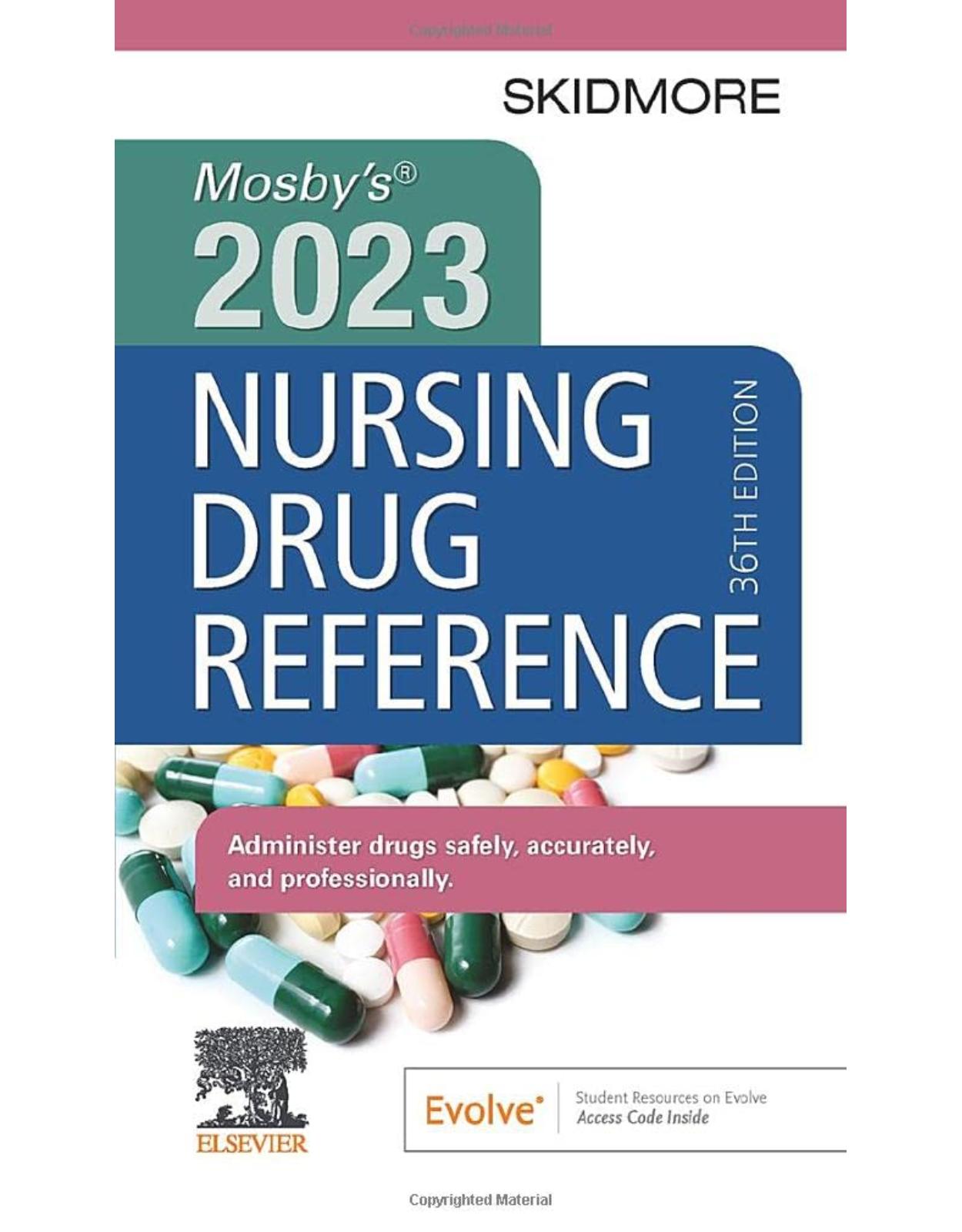
A Nurse's Survival Guide to General Practice Nursing
Livrare gratis la comenzi peste 500 RON. Pentru celelalte comenzi livrarea este 20 RON.
Disponibilitate: La comanda in aproximativ 4 saptamani
Editura: Elsevier
Limba: Engleza
Nr. pagini: 368
Coperta: Paperback
Dimensiuni: 15.24 x 22.86 cm
An aparitie: 17 Sept. 2021
Description:
General practice nurses are faced with the daily challenge of keeping up-to-date with a vast range of conditions and their management. They also need to be familiar with evidence-based practice to inform high-level decision making. This Survival Guide will prove a valuable resource to nursing students experiencing general practice for the first time. Many universities across England now deliver ‘Fundamentals of General Practice’ programmes. This book will complement those programmes and provide essential information to assist nurses new to general practice. For experienced nurses working in general practice there are essential chapters covering the latest developments such as leadership, quality improvement, PCN developments and essential clinical knowledge that highlight the changes in clinical care in recent years, plus an acknowledgement of the impact the COVID 19 pandemic has had on management of care. This is an indispensable handbook for: Defining the essential knowledge for meeting continuing professional development requirements Understanding fundamental clinical skills to ensure best practice Exploring new ways of working to consult and communicate with patients Investigating ways to improve care delivery
Table of Contents:
Chapter 1 The role of the general practice nurse
Learning outcomes
Introduction
Aspects of the general practice nurse role
Conclusion
References
Chapter 2 General practice and system working
Learning outcomes
Introduction
Background
External organisations
Organisational culture
Quality management
Quality assurance
Core practice income
Primary care networks
Workforce
Information and digital technology
Conclusion
References
Chapter 3 Styles of communication
Learning outcomes
Introduction
Why motivational interviewing?
Current practice
What do we mean by motivational interviewing?
Evidence
The importance of verbal and nonverbal communication
Change talk: desire, ability, reason, need
Listening to understand
Open questions, affirmations, and reflections
Delivering motivational interviewing remotely
Summary
Ask, share, ask
Summary
Preparatory change talk (DARN)
Getting moving (OARS)
Getting started with group consultations
Conclusion
References
Chapter 4 Treatment room skills
Vaccination in primary care by Helen Donovan
Learning outcomes
Introduction
Background to vaccination
The UK vaccine schedule
Administration of vaccines
Education and training in vaccination
Vaccine ordering and storage
Medicines administration
Challenges for childhood vaccination during COVID-19
Vaccination programme for SARS-CoV2/COVID-19
Conclusion
Travel health by Jane Chiodini
Issues to consider: an overview
Conclusion
National online travel health websites and helplines for health care professionals
Key resources for vaccines and immunisation training
Useful travel health sites for the general public
International resources
Cervical cytology by Helen Crowther and Paula Spooner
Standard process for results
Conclusion
Wound care by Gill Boast
Conclusion
References
Chapter 5 Management of long-term conditions
Learning outcomes
Introduction
Asthma
Definition
Diagnosis
Treatment
Assessing Asthma Control
Flutiform
Fostair
Relvar
Symbicort
Self-management
The annual review
Key learning points
Chronic obstructive pulmonary disease
Definition
Diagnosis
Treatment
The clinical review
Supporting self-management
Asthma/chronic obstructive pulmonary disease overlap
Key learning points
Hypertension
Definition
Diagnosis
Stages of hypertension
Treatment
The annual review
Supporting self-management
Key learning points
Cardiovascular disease
Definition
Diagnosis
Treatment
Supporting self-management
Atrial fibrillation
Heart failure
The review appointment
Key learning points
Diabetes
Definition
Diagnosis
Treatment
Medication
The review appointment
Supporting self-management
COVID-19
Conclusion
References
Chapter 6 Men’s health
Learning outcomes
Introduction
Issues relating to men’s health
Midlife crisis and depression
Cardiovascular disease
Cancer
Lifestyle factors
Male-specific health problems
What can be done?
The men’s health clinic
Male sexual health
Erectile dysfunction
Testosterone deficiency
Lower urinary tract symptoms
Prostate cancer
Testicular cancer
Metabolic syndrome
Conclusion
References
Chapter 7 Women’s health
Learning outcomes
Introduction
Anatomy
Ovaries
Uterus
Cervix
Vagina
Vulva
Pelvic floor
Menstrual cycle (Fig. 7.2)
The proliferative/follicular phase
Secretory/luteal phase
Contraception
Effectiveness
Risk assessment
Combined hormonal contraception
Progestogen-only contraception
Other nonhormonal methods
Emergency contraception
Sexual health
Sexually transmitted infections
Pelvic inflammatory disease
Cervical screening/human papillomavirus
Cervical polyps
Preconception
Fertility
Polycystic ovary syndrome
Premenstrual disorders
Period problems
Endometriosis
Heavy menstrual bleeding
Incontinence
Pelvic organ prolapse
Vulval problems
Ovarian cancer
Conclusion
References
Chapter 8 Menopause
Learning outcomes
Introduction
How much knowledge do you have of the menopause?
The menopause stages explained
General signs and symptoms of menopause
Long-term health implications of the menopause
Menopause treatments
Hormone replacement therapy risks
The difference between body-identical and compounded bioidentical hormones
Other treatments
Treatments for vaginal dryness and urinary symptoms
Nonhormonal treatments
Cognitive behavioural therapy
Alternative and complementary therapies
Nonpharmacological treatment options: promoting a healthy lifestyle
Common hormone replacement therapy myths busted for your patients
Conclusion
References
Chapter 9 Mental health
Learning outcomes
Introduction
Creating services that represent equal parity for mental health and physical health
The impact of stigma
Patients with mental health difficulties
Common mental health problems
Long-term conditions and mental health
Impact of mental health and depression on the physical health of those with long-term conditions
Integration of services
Psychological therapy
Serious mental illness and its impact on physical health
Suicide
What can general practice nurses do?
Conclusion
References
Chapter 10 Leadership in general practice nursing
Learning outcomes
Introduction
Background
Barriers to leadership development
Understanding the theory of leadership
Styles of leadership
Collective leadership
What makes a good leader?
Structure leadership programmes
Leadership with patients
General practice nurses leading through the COVID-19 pandemic
Conclusion
References
Chapter 11 Quality and safety
Learning outcomes
Introduction
Improvement science theory and methods
Working in a multidisciplinary team for effective quality improvement
Building multidisciplinary teams to improve quality
Implementing organisational change
Patient safety
Useful resources
COVID-19
Conclusion
References
Chapter 12 Primary care networks and multidisciplinary team-based working
Learning outcomes
Introduction
What is a primary care network?
Current state
Transformed state
The critical role of General Practice Nurses in primary care networks
What is multidisciplinary team-based working?
New roles in the multidisciplinary team
Critical factors for successful primary care networks
What does all this mean for General Practice Nurses?
Conclusion
References
Chapter 13 Digital health management
Learning outcomes
Introduction
Evolution of the digital General Practice Nurse
Patient expectations
Shared care
Introduction of digital tools in health care
Health apps
Social media
Animations
Video consultation
Barriers in practice to the adoption of technology-enabled care services
Digital readiness
Benefits of introducing digital health care
Person-centred technology-enabled care services
Best practice for technology-enabled care services at the front line
Good nursing practice in determining the type of delivery of care offered to patients
Inclusion criteria
Exclusion criteria
National standards and good practice relating to technology-enabled care services
Incorporating diverse modes of delivery of care into the usual service you provide – adapting to adoption of digital delivery of care
Conclusion
References
| An aparitie | 17 Sept. 2021 |
| Autor | Karen Storey , Julia Rhianedd Last |
| Dimensiuni | 15.24 x 22.86 cm |
| Editura | Elsevier |
| Format | Paperback |
| ISBN | 9780702080852 |
| Limba | Engleza |
| Nr pag | 368 |











Clientii ebookshop.ro nu au adaugat inca opinii pentru acest produs. Fii primul care adauga o parere, folosind formularul de mai jos.